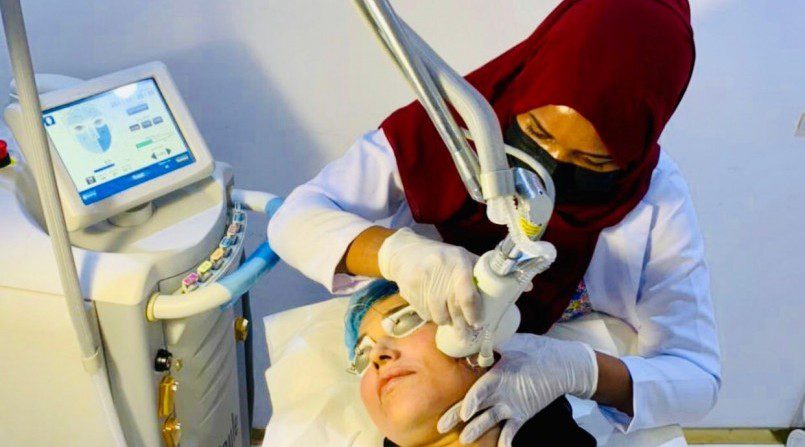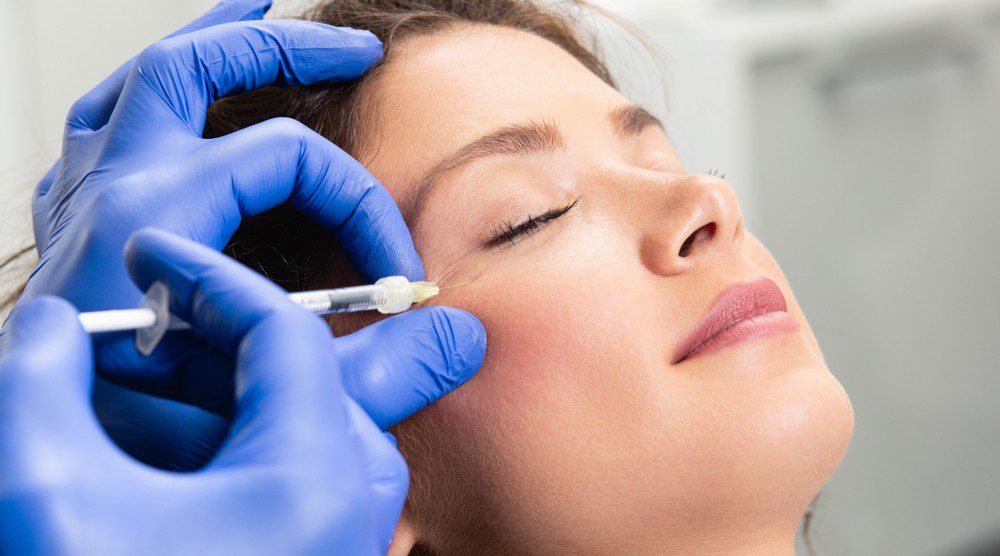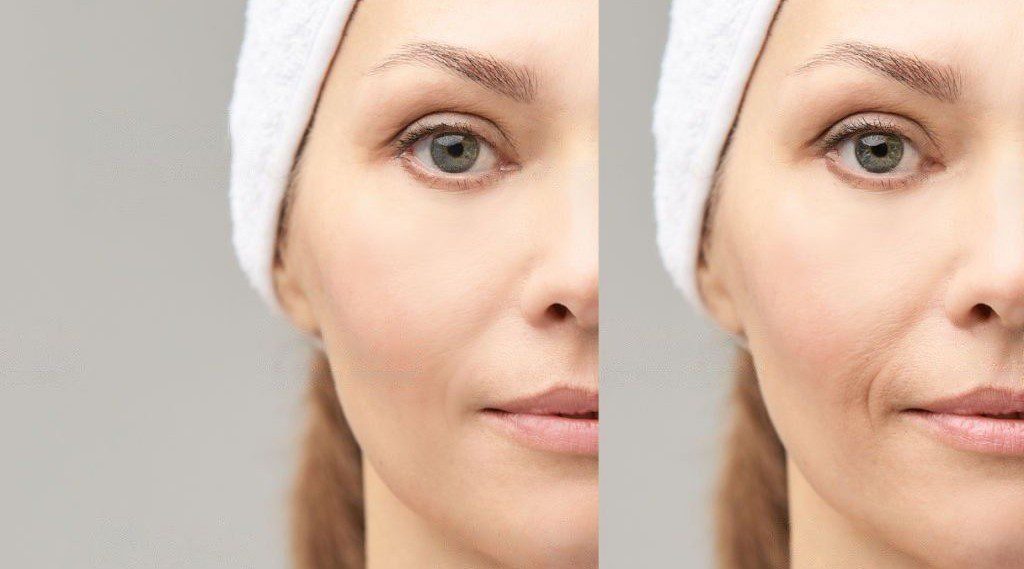Effective Ways to Reduce Belly Fat
.jpeg)
Here are some effective ways that can help to reduce belly fats:
- - Diet plans such as Intermittent Fasting.
- - Exercise and work-out plans.
- - Cosmetic Procedure such as lipolytic injections which are fat injections to lose weight, device assisted fat loss treatments and muscle stimulation devices.
- - Surgical Treatment such as liposuction, abdominoplasty and bariatric surgery.
How to Reduce Belly Fat?
The process of belly fat reduction starts with proper assessment from an expert health practitioner. It is important to identify the root cause or underlying issues that may contribute to the appearance of belly fats. Collaborative efforts of various practitioners is required to achieve realistic results. On the other hand, various steps can be initiated to start loosing belly fats such as:- - Cessation of smoking and alcohol intake.
- - Diet and Exercise.
- - Proper hydration.
- - Effective stress management.
- - Cosmetic treatments.
Surgical and Non Surgical Belly Fat Removal Techniques
Lipolytic injections
Lipolytic injections are a non surgical belly fat removal method which involves injecting substances into the targeted area to break down and dissolve fat cells. Commonly used substances include phosphatidylcholine and deoxycholic acid. These injections are typically used for small fat deposits.
Various non-surgical body contouring devices use technologies such as ultrasound, radiofrequency, or electromagnetic fields to reduce belly fat and tighten the skin. Examples include devices like Trusculpt Id, UltraShape, Venus Freeze, radiofrequency.
Liposuction:
Liposuction is one of the most common surgical procedures for removing excess fat deposits on the belly. It involves the insertion of a thin tube (cannula) through small incisions to suction out fat cells. It is an invasive procedure that requires the client to be under general anesthesia. The downtime and recovery period may vary from the extent of the procedure, however generally clients should alot at least a month to partially recover from the procedure. Liposuction mainly extracts subcutaneous fats that are deposited underneath the skin.
Tummy Tuck (Abdominoplasty):
A tummy tuck is a more extensive surgical procedure that not only removes excess belly fat but also addresses loose skin and tightens abdominal muscles, by cutting a portion of the tissues. Tummy tuck surgery involves removal of excess skin and suturing of underlying abdominal muscles to contour the body and create a firmer skin appearance. However, the client will have a long suture and scar along the bikini line, which can be another concern for many.
Mini Tummy Tuck:
A mini tummy tuck is a less invasive version of the traditional tummy tuck and is suitable for individuals with less excess skin and fat in the lower abdomen. It involves a smaller incision and focuses on the lower abdominal area.
Liposculpture:
Liposculpture is a more refined version of liposuction that aims to reshape and contour specific areas of the body. It involves the removal of fat to enhance the overall appearance of the treated area.
Body Contouring Surgery:
In addition to liposuction and tummy tucks, various body contouring procedures may be performed to reshape the abdomen and other areas of the body. These may include procedures like body lift or belt lipectomy.
How to Remove Hormonal Belly Fat
Hormones play a vital role in the deposition and accumulation of fats in the body particularly in areas around the abdomen. Here are some strategies to consider:
Healthy Diet
Healthy Diet
Crash dieting and starvation is not a healthy way of weight loss reduction. A well balanced-diet is required for the body to function normally. It should consist of Carbohydrates, Protein and Healthy Fats which are prepared in healthy portions. Avoidance of processed meats and refined food products helps in maintaining hormone balance.
Control Portion Sizes:
Be mindful of portion sizes to avoid overeating and promote weight management.
Choose Healthy Fats:
Include sources of healthy fats, such as avocados, nuts, seeds, and olive oil, while limiting saturated and trans fats.
Regular Exercise:
Engage in regular physical activity, including both cardiovascular exercises and strength training, to help regulate hormones and promote fat loss.
Manage Stress:
Chronic stress can lead to hormonal imbalances and an increase in abdominal fat. Practice stress-reducing activities such as meditation, deep breathing, yoga, or mindfulness.
Fiber-Rich Foods:
Include high-fiber foods like fruits, vegetables, and whole grains in your diet. Bulk fibers are known to help in regulating blood sugar and improves digestion.
Hormone-Balancing Foods:
Some foods may help balance hormones. Include foods rich in omega-3 fatty acids, such as fatty fish and flaxseeds, and those containing phytoestrogens, such as soy products.
Consult a Healthcare Professional:
If you suspect hormonal imbalances are contributing to belly fat, consult with a healthcare professional. They can perform tests to assess hormone levels and provide guidance on appropriate interventions.
Consider Hormone Therapy (Under Medical Supervision):
In some cases, hormone replacement therapy may be recommended under the supervision of a healthcare provider to address hormonal imbalances.
Seeking Professional Guidance
Weight reduction is a process that may require professional and expert guidance from various medical practitioners. It is important to have a proper and detailed body assessment to achieve a realistic goals and timeline, along with expert advice regarding diet plans, cosmetic treatments, exercise and other wellness regimen.
Conclusion:
In conclusion, addressing belly fat requires a comprehensive and holistic approach that combines healthy lifestyle habits, including a balanced diet, regular exercise, stress management, and adequate sleep. Non-surgical options such as Trusculpt ID, radiofrequency skin tightening, and lipolysis can offer additional support, while surgical procedures like liposuction and tummy tuck may be considered for more significant fat removal and body contouring.
Most Popular:
-

Sciton HALO vs Sciton BBL
Read More »September 20, 2022 -

What is profhilo, and how is it different from fillers?
Read More »September 20, 2022 -

Body contour solutions from SKIN111
Read More »September 20, 2022 -

Does IV GLUTATHIONE therapy work
Read More »September 20, 2022 -

How can an IV drip help you boost your energy
Read More »September 20, 2022